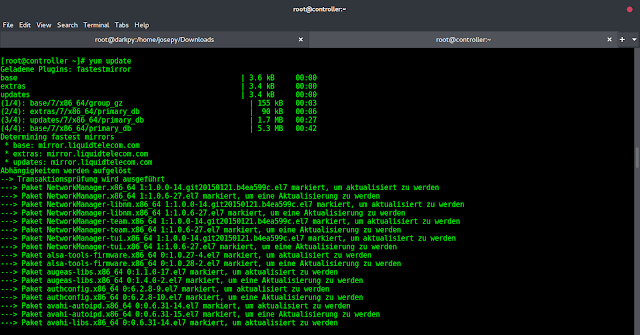Matplotlib is an amazing visualization library in Python for 2D plots of arrays. Matplotlib is a multi-platform data visualization library built on NumPy arrays and designed to work with the broader SciPy stack.
matplotlib.patches.CirclePolygon
The matplotlib.patches.CirclePolygon class is used for polygon-approximation of a circle patch. It is used to make a circle at xy = (x, y) with a radius that has been provided. A regular polygon with resolution sides is approximated with this circle.
Syntax: class matplotlib.patches.CirclePolygon(xy, radius=5, resolution=20, **kwargs)
Parameters:
- xy: The origin coordinate of the circle to be drawn.
- radius: It’s an optional parameter that is used to set the radius of the circle.It defaults to 5 units.
- resolution: As the name suggest it is used to set the image resolution. It is optional and defaults to 20.
Below table provides with the optional valid kwargs ;
| PROPERTY | DESCRIPTION |
|---|---|
| agg_filter | a filter function that takes a (m, n, 3) float array and a dpi value that returns a (m, n, 3) array |
| alpha | float or None |
| animated | bool |
| antialiased or aa | unknown |
| capstyle | {‘butt’, ’round’, ‘projecting’} |
| clip_box | Bbox |
| clip_on | bool |
| clip_path | [(Path, Transform)|Patch|None] |
| color | color or sequence of rgba tuples |
| contains | callable |
| edgecolor or ec or edgecolors | color or None or ‘auto’ |
| facecolor or fc or facecolors | color or None |
| figure | figure |
| fill | bool |
| gid | str |
| hatch | {‘/’, ‘\’, ‘|’, ‘-‘, ‘+’, ‘x’, ‘o’, ‘O’, ‘.’, ‘*’} |
| in_layout | bool |
| joinstyle | {‘miter’, ’round’, ‘bevel’} |
| linestyle or ls | {‘-‘, ‘–‘, ‘-.’, ‘:’, ”, (offset, on-off-seq), …} |
| linewidth or linewidths or lw | float or None |
| path_effects | AbstractPathEffect |
| picker | None or bool or float or callable |
| path_effects | AbstractPathEffect |
| picker | float or callable[[Artist, Event], Tuple[bool, dict]] |
| rasterized | bool or None |
| sketch_params | (scale: float, length: float, randomness: float) |
| snap | bool or None |
| transform | matplotlib.transforms.Transform |
| url | str |
| visible | bool |
| zorder | float |
Example 1:
import matplotlib.pyplot as plt from matplotlib.patches import CirclePolygon circle = CirclePolygon((0, 0), radius = 0.75, fc = 'y') plt.gca().add_patch(circle) verts = circle.get_path().vertices trans = circle.get_patch_transform() points = trans.transform(verts) plt.plot(points[:, 0], points[:, 1]) plt.axis('scaled') plt.show() |
Output:
Example 2:
import numpy as np import matplotlib from matplotlib.patches import Circle, Wedge, Polygon, Ellipse from matplotlib.collections import PatchCollection import matplotlib.pyplot as plt import matplotlib.patches as matpatches fig, ax = plt.subplots(figsize =(8, 8)) patches = [] circle = Circle((2, 2), 2) patches.append(circle) polygon = matpatches.PathPatch(patches[0].get_path()) patches.append(polygon) colors = 2 * np.random.rand(len(patches)) p = PatchCollection(patches, cmap = matplotlib.cm.jet, alpha = 0.4) p.set_array(np.array(colors)) ax.add_collection(p) plt.axis([-10, 10, -10, 10]) plt.show() |
Output:


